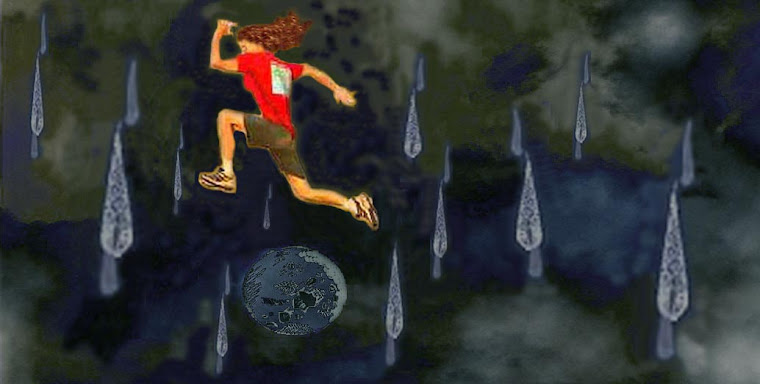My rating: 3 of 5 stars
Although somewhat outdated and a little oversimplified in parts, Stephen Cherniske, does provide some useful information about the therapeutic potential of DHEA when used in conjunction with a healthy lifestyle, such as good nutrition, stress reduction techniques, exercise and supplementation to increase energy and to protect bone and joint health. One must note, however, that many findings are not based on any long-term double blind clinical studies, which Cherniske does objectively declare throughout the book.
It is incorrect that by the age of 50, growth hormone production in most individuals is too low to measure, as stated on page 57. Indeed, recent work demonstrates that some patients around this age actually suffer from adult growth hormone deficiency - due to pituitary gland damage - and thus require prescription supplementation via daily injections (obviously, not all people of this age are shown to be deficient via GH stimulation testing).
I also wonder where the author draws his evidence for stating that women were the primary inventors up until recently. Although he may have used some ethnographic evidence, one cannot apply such a sweeping notion to the whole of the Paleolithic and Mesolithic periods. Indeed, the statement on p 107, “the first tools, it turns out, were not the weapons of men but the implements of women, which clothed, fed, and transported us through the ages.” is not backed up with any anthropological/archaeological credibility. Indeed, the first archaeological evidence we have for tools relate to those created by our predecessor Homo habilis, and not by modern humans at all. Additionally, many experiments and modern analyses conducted on Paleolithic stone tools have shown that many may have been used for butchering purposes. This would suggest a hunting or more male dominated role. Similarly, the subsequent Mesolithic period (following the last Ice Age) shows that modern humans invented a whole new stone tool tradition (called microliths), where tiny tools were adapted and utilized in order to hunt smaller woodland animals (e.g., deer). I could go on but I am veering off course. However, the author really needs to be more precise about what he is referring to.
All that aside, Cherniske has provided some compelling arguments about why one should consider DHEA as an important facet of good health and longevity. I, for one, shall be discussing this issue with my endocrinologist at my next appointment.
View all my reviews

Hello there I am so happy I found your webpage, I really found you by mistake, while I was browsing on Google for something else,
ReplyDeleteAnyways I am here now and would just like to say thanks for a
tremendous post and a all round enjoyable blog (I also love the theme/design), I don’t
have time to read it all at the moment but I have book-marked it and also included your RSS feeds,
so when I have time I will be back to read a great deal more, Please do keep up the
superb jo.
My weblog ; General Fitness Guide